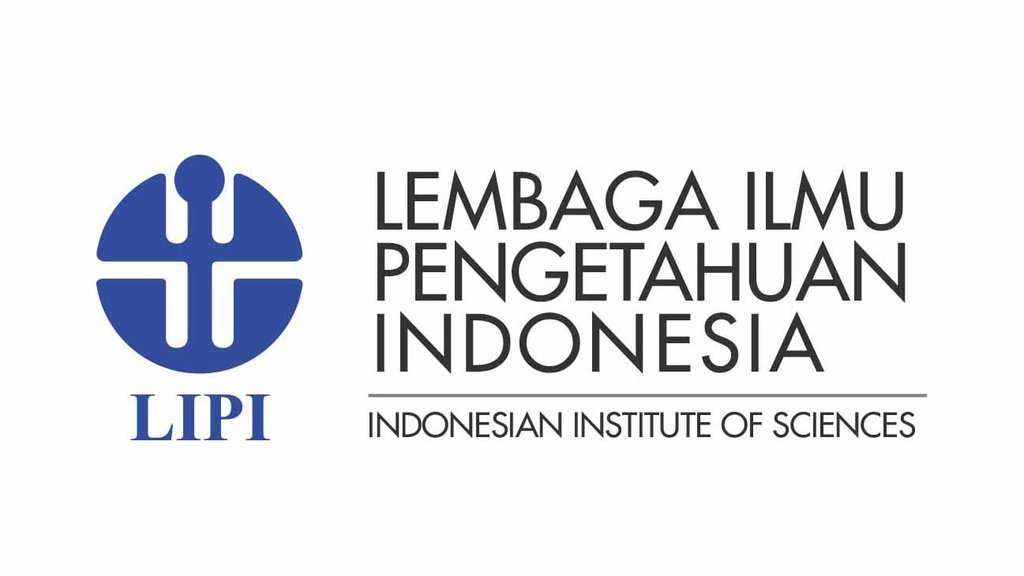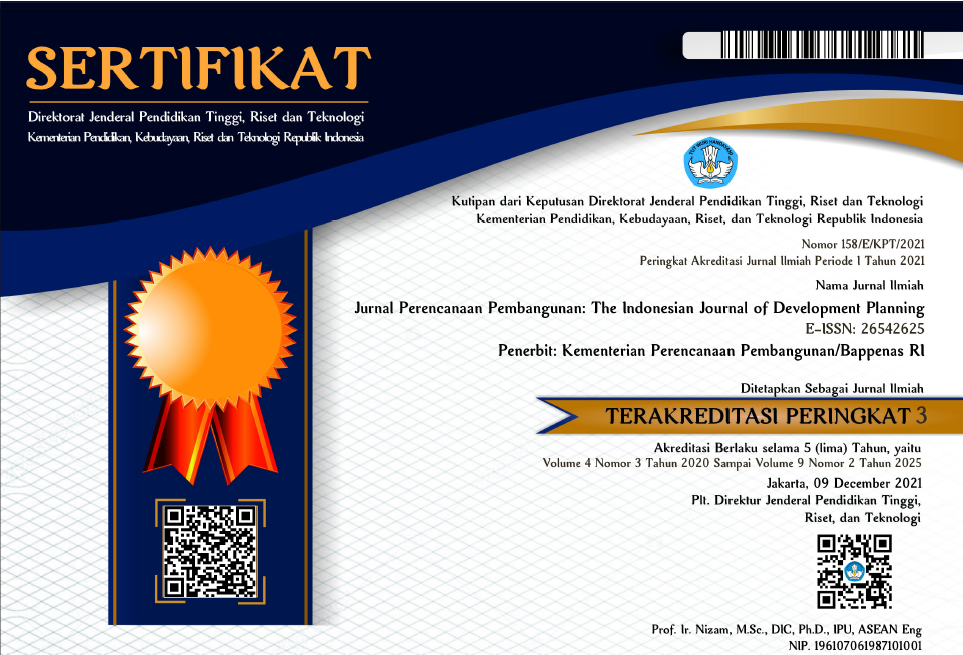The Effect of Density on Crime: Evidence from Indonesia
DOI:
https://doi.org/10.36574/jpp.v6i3.342Keywords:
economic density, victims of crime, panel dataAbstract
This study aims to contribute to the literature on economic density by finding empirical evidence on whether the effects of density are going higher to affect the crime rate at the district level from 2007-2018 with 440 districts. This study used crime rate as a dependent variable and population density as an independent variable also had average age, married, the proportion of divorce, the proportion of gender, and the proportion of urban as relevant variable control. Density appears to have a small effect on crime rates. The regression result using a fixed effect panel concluded the economic density has a negative association with the probability of becoming a victim of crime. Density positively impacts the environment in terms of crime prevention. The denser an area is correlated, the lower the number of victims of crimes.
Downloads
References
Alonso, W. (1964). Location and land use: toward a general theory of land rent. Cambridge, MA: Harvard University Press.
Biagi, B., & Detotto, C. (2014). Crime as tourism externality. Reg. Stud. 48 (4): 693-709.
Boessen, A., and J.R. Hipp. 2015. Close-ups and the scale of ecology: Land uses and the geography of social context and crime. Criminology 53: 399-426.
Bryan, G., Chowdhury, S., & Mobarak, A.M. (2014). Underinvestment in a profitable technology: the case of seasonal migration in Bangladesh. Econometrica, 82(5): 1671-748.
Bryan, G., Glaeser, E., & Tsivanidis, N. (2020). Cities in the developing world. Annual Review of Economics. 1-21.25.
Cesur, R., Tekin, E., & Ulker, A. (2017). Air pollution and infant mortality: evidence from the expansion of natural gras infrastructure. Econonomic Journal. 127 (600): 330-62.
Chauvin J.P., Glaeser, E., Ma, Y., & Tobio, K. (2017). What is different about urbanization in rich and poor countries? Cities in Brazil, China, India and the United States. Journal of Urban Economic, 98:17-49.
Combes, Pierre-Philippe, Gilles Duranton, Laurent Gobillon, Diego Puga, and Sebastien Roux. (2012). The Productivity Advantages of Large Cities: Distinguishing Agglomeration from Firm Selection. Econometrica 80 (6): 2543-94.
Cullen, J.B., Levitt, S.D. (1999). Crime, urban flight, and the consequences for cities. Rev. Econ. Stat. 81 (2): 159-69.
Detotto, C., & Otranto, E. (2010). Does crime affect economic growth?. KYKLOS, Vol. 63 – August 2010 No. 3, 330-345.
Friedman, J., & Levinsohn, J. (2002). The distributional impacts of Indonesia’s financial crisis on household welfare: a “rapid response” methodology. The World Bank Economic Review, 16(3), 397-423.
Ginanjar, B.P. (2015). Pengaruh pendapatan rumah tangga dan modal sosial terhadap risiko menjadi korban kejahatan harta benda: analisis data ifls 2007. Universitas Indonesia.
Glaeser, E.L., & Resseger, M.G. (2010). The complementarity between cities and skills. J. Reg. Sci, 50(1): 221-44.
Glaeser, E.L., & Sacerdote, B. (1999). Why is there more crime in cities?. Journal of Political Economy, vol 107, no. s6, pp. s225-s258.
Headey, D., & Palloni, G., (2019). Water, sanitation, and child health: evidence from subnational panel data in 59 countries. Jurnal Demography.
Henderson, J. Vernon. 2003. Marshall’s Scale Economies. Journal of Urban Economics 53 (1): 1-28.
Hendiarto, Y. T. (2008). Analisis sosiodemografis terhadap risiko mengalami viktimisasi kejahatan, Universitas Indonesia.
Hicks, J.H., Kleemans, M., Li, N.Y., & Miguel, E. (2017). Reevaluating agricultural productivity gaps with longitudinal microdata. NBER Work. Pap. 23253.
Hieu, T.M.N. (2019). Do more educated neighbourhoods experience less property crime? Evidence from Indonesia.
Jacobs, J. (1961). The death and life of great American cities. New York: Random House.
Kahn, M.E., 1999. The silver lining of rust belt manufacturing decline. Journal Urban Economic. 46 (3): 360-76.
Pradhan, M., Suryahadi, A., Sumarto, S., & Pritchett, L. (2001). Eating like which “Joneses?” An iterative solution to the choice of a proverty line “reference group”. Review of Income and Wealth, 47(4), 473 – 487.
Psacharopoulos, G., Patrinos, H.A. (2018). Returns to investment in education: a decennial review of the global literature. Policy Res. Work. Pap., World Bank, Washington, DC.
Ravallion, M., & Lokshin, M. (2007). Lasting impacts of Indonesia’s financial crisis. Economic Development and Cultural Change, 56(1), 27-56.
Soares, R.R. (2015). Welfare costs of crime common violence. Journal of Economic Studies, No.581.
Statistic, B.P. (2009). Susenas guide book 2009. Jakarta
Statistic, B.P. (2019). Statistik Kriminal 2018. Jakarta
Yudhistira, M.H., & Sofiyandi, Y. (2017). Seaport status, port access, and regional economic development in Indonesia. Journal of Maritime Economic Logistic.
"Note of clarification about the Global Study on Homicide 2013". UNODC. 2 May 2014. Retrieved 9 May 2018.
https://nasional.tempo.co/read/513397/anggaran-intelejen-polsek-rp-500-ribu-per- bulan/full&view=ok
Downloads
Published
How to Cite
Issue
Section
License
This is an open-access article distributed under the terms of the Creative Commons Attribution-NonCommercial-ShareAlike 4.0 International License. Copyright © Kementerian PPN/Bappenas RI


















